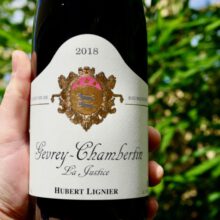
Product information
Domaine Hubert Lignier Gevrey-Chambertin ‘La Justice’ 2018
Pinot Noir from Gevrey-Chambertin, Côte-de-Nuits, Burgundy, France
$189
Description
The 2018 Gevrey-Chambertin La Justice (négoce) bursts with aromas of plums, berries, peonies and undergrowth. Medium to full-bodied, supple and textural, it’s broad and sumptuous, framed by fine-grained tannins. Lignier told me that the vines in this parcel really suffered in the drought, and even though it came in at a classical 13.1% alcohol, it’s comparatively high in pH.
William Kelley, Parker’s Wine Advocate
In stock






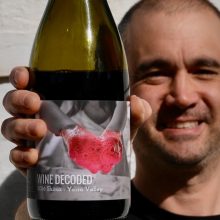
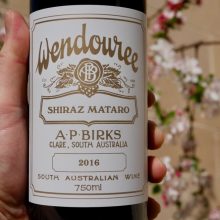
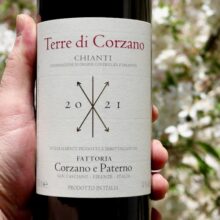
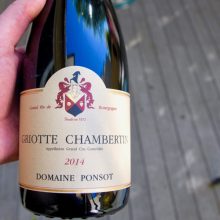
You must be logged in to post a comment.